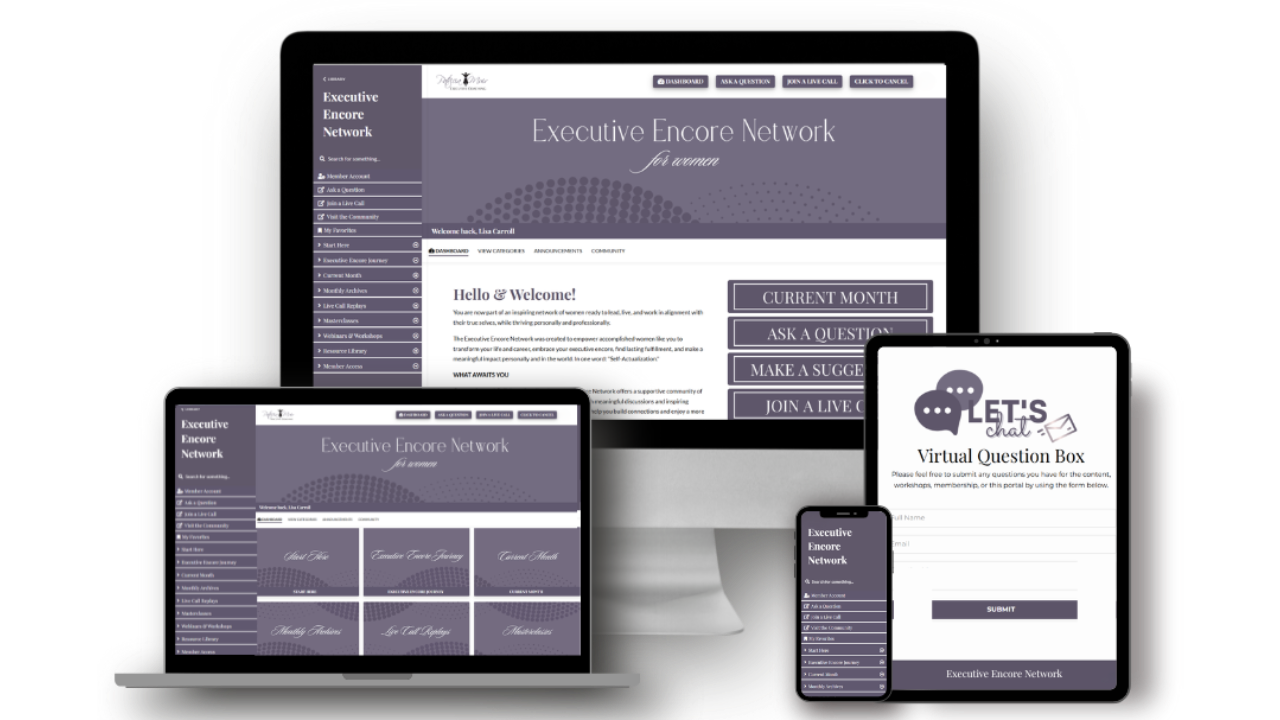
Inequities in Talent Management: Understanding Equity vs Equality
Sep 16, 2022Gender inequity exists in nearly every kind of organization. Inequities exist in key areas of talent management beginning at entry level through to the leadership level. Despite the benefits of leadership gender diversity initiatives, there remains a precarious imbalance. With all that we have learned—through research, education, and experience, we continue to ask — “How can this be?” I believe that we have misunderstood why equity matters as we focus on equality.
A profound cultural shift is required. A shift that requires all people, from leaders to individual community members, to understand the difference between equity and equality and provide extra support to women, rather than just offering them the same opportunities as men. We need to start with recognizing and breaking down the lingering obstacles that slow progress and barriers that prevent those opportunities from becoming a reality for many women.1
Whatever slows down your progress is an obstacle. Whatever impedes or stops your ability to progress, is a barrier.
In the book, Glass Half-Broken: Shattering the Barriers that Still Hold Women Back at Work2, authors Colleen Ammerman and Boris Groysberg point to several obstacles and barriers that women continue to face:
Inadvertent disqualification and exclusion.
- Women rely on personal networks for introductions and referrals. Our networks are our greatest asset. However, our tendency to associate and bond with others “like us” often comes at a cost. We, ourselves, form networks that lack diversity and, in many cases, contribute to exclusivity and exclusion.
- Job and position descriptions that are unclear about roles and responsibilities often include stereotypes of masculine characteristics. Both ambiguity and extreme use of masculine language discourages (or disqualifies) women. Gender-neutral titles are not the answer.
- Gender blind spots (GBS)3 affect how resumes are screened and evaluated. Biases caused by gender blind spots also rear up in the promotion process and are exacerbated by ageism creating no-win situations for women leaders at all stages of their careers. These biases are rooted in the beliefs, habits, and stereotypes we learn in childhood. These pernicious biases signal how we and others should behave based on our gender and now our age!
Inadequate integration. When we fail to integrate women into any organized culture as equals, they are often excluded from opportunities to bond with their peers and colleagues. Consider how work-related social and team-building events, wellness programs, and incentives programs discriminate by excluding and dismissing women’s interests, needs, and responsibilities. This is where DEI programs fail when “belonging” is missing. Ultimately, women are squeezed from the leadership pipeline. More frequently, women are leaving the leadership pipeline on their own accord.
Lack of challenging assignments. When opportunities to do your best work, shine, grow, and be mentored are disparately offered to male counterparts, our work and tasks begins to reflect gendered division of labour.
Non-standardized, informal, and irregular performance assessment. When we lack a clear process in how assessment tools are applied, we often “leave it to” a manager’s personal judgment and standards based on bias and no-win stereotypes. The result being that women leaders are seen as competent or likeable, but rarely both.4
Inequitable compensation and promotion. Unclear parameters and vague employment terms disadvantage women from the offset. Self-nomination promotion processes can cause backlash for women. Women leaders work twice as hard as men for the same recognition.4
Failure to retain female employees. No doubt, inequity in workplace policies, lack of opportunities and advancement, and overall poor treatment will cause higher employee turnover and increased drop-out of highly skilled professional women.
Women at all ages and in all phases of their professional careers also face the caregiver penalty. Over the past few years, women have become more vulnerable to the effects of gender inequity and inequality: financial, job security and satisfaction, professional achievement, and emotional well-being:
- Women make up 39% of global employment but account for 54% of overall job losses as COVID-19 continues to affect our lives.5
- Women’s employment is dropping faster than average.
- The virus has significantly increased the burden of unpaid care which is disproportionately carried by women.
Good news: More leaders within different types of organizational structures are being held accountable for advancing diversity, equity, and inclusion (DEI).
Bad news: Unfortunately, so many programs and initiatives are still missing the important ingredient of “belonging” and valuing women’s contributions and their challenges, obstacles, and barriers in integrating all areas of their personal and professional lives.
There is a serious disconnect affecting our ability to make a significant impact on gender equity at this time. Are leaders truly prepared? Do they truly “get it”? I will address this disconnect in future posts.
In the meantime, read the references below and let me know what do you think? What do you think will move us further forward with impact on equity and equality?
References and Resources
- The Difference Between Gender Equity and Equality – and Why It Matters, Commentary by Agnes Binagwaho, March 25, 2020
- Glass Half-Broken: Shattering the Barriers That Still Hold Women Back at Work, Colleen Ammerman and Boris Groysberg
- What Leaders Need to Understand About Gender Blind Spots, Delee Fromm, Special to The Globe and Mail, March 5, 2019
- The Double-Bind Dilemma for Women in Leadership, Catalyst, August 2, 2018, Infographics
- COVID-19 and Gender Equality: Countering the Regressive Effects, McKinsey & Company, July 15, 2020
Your Next Steps
- Explore the connections I make with this topic and emotional intelligence. Contact me on LinkedIn. Or click to Get in Touch.
- Receive Maestro's Encore blog in your inbox with VIP content and specific exercises, self-assessments, and self-assignments related to this topic and to accelerate your emotional well-being and resilience. Start with your 90-Day EQ Mini-Plan or the mini workbook Emotions Drive Performance: Triggers from Thinking to Results - Predispositions, Self-Handicapping, Self-Sabotage
-
Explore strategies for finding fulfillment in your work or your executive encore, finding fulfillment after 60. Schedule a 30-minute complimentary call to explore possibilities. On this call, we will get acquainted and discuss what outcome is important to you. I will explain the application process for working with me and how we would work together. By the end of the call, you will have a "quick-win" action plan.
Next Steps
You don’t need to navigate your Executive Encore alone. Discover a better way to take charge of your experience.
- Schedule a 30-Minute Complimentary Executive Encore Call.
Ready to elevate your encore chapter?
- Join the Executive Encore Network for Women, a membership and community of supportive women ready to inspire and uplift. Subscribe to the Sunday Encore to begin your Executive Encore Journey and register for the next Tour to learn more.


